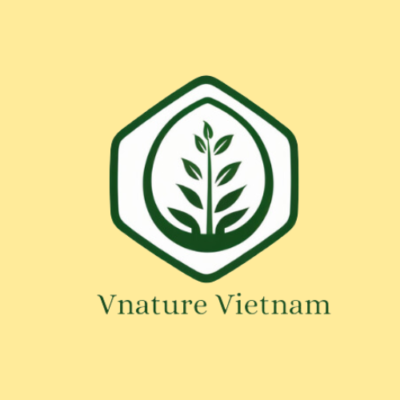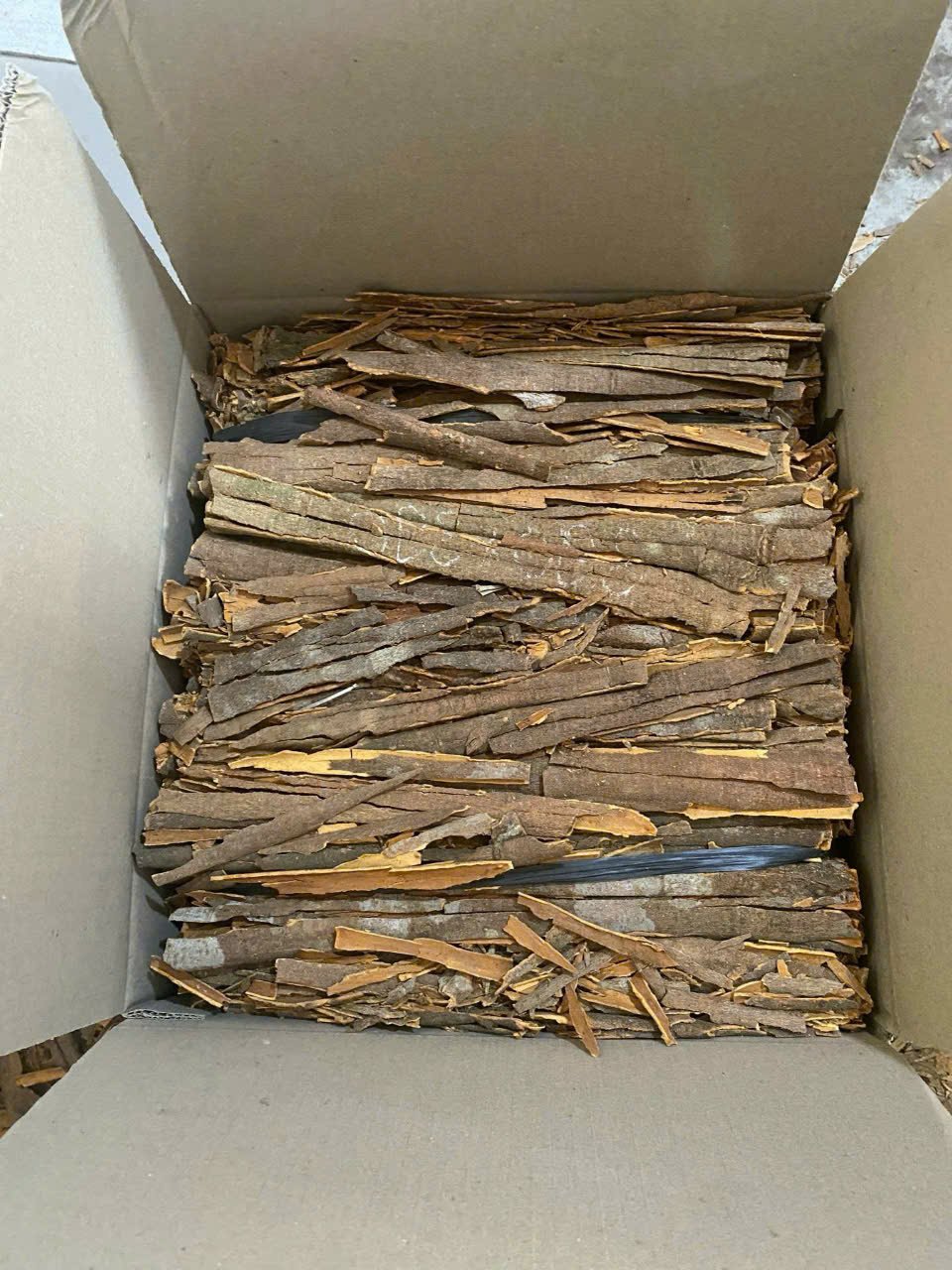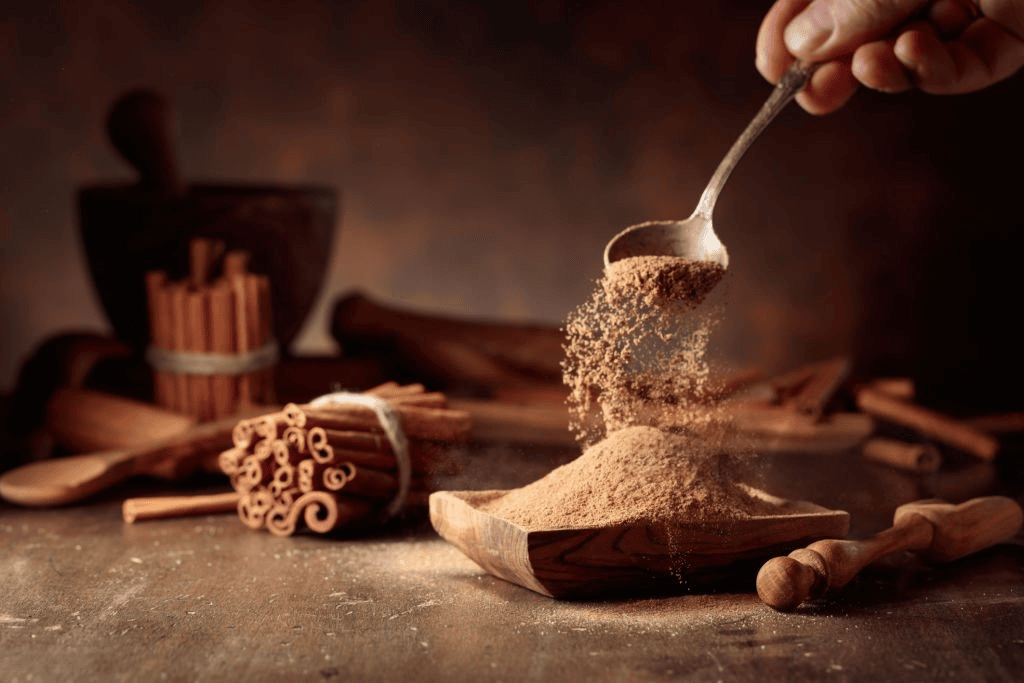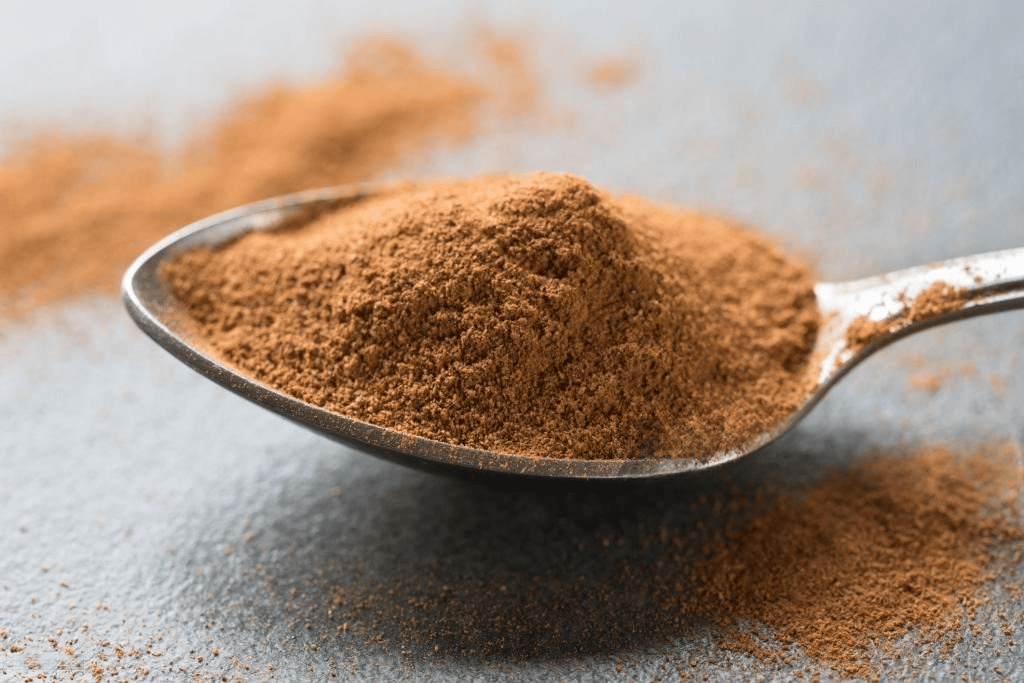Comprehensive Guide to Vietnam Cassia Cinnamon Exporter
Contents
Comprehensive Guide to Vietnam Cassia Cinnamon Exporter
Vietnam has firmly established itself as a premier Vietnam cassia cinnamon exporter, thanks to generations of expertise, ideal growing conditions, and a rapidly modernizing processing infrastructure. This guide will walk you through every aspect of sourcing Vietnamese cassia cinnamon—covering cultivation regions, market dynamics, export performance, destination markets, quality systems, sustainability efforts, buyer best practices, and more—so you can confidently build lasting partnerships and secure high-quality spice supplies.

1. Introduction
Vietnam’s cassia cinnamon heritage dates back over a century, with core growing regions in provinces such as Yen Bai, Lao Cai, Quang Nam, and Son La. These areas offer humid, mountainous terrain perfectly suited to Cinnamomum loureirii, the species behind Vietnam’s signature cassia sticks and bark. Today, plantation coverage exceeds 150,000 hectares, delivering consistent, high-volume yields. A network of family farms and specialized cooperatives ensures that harvests flow seamlessly into modern drying, grading, and milling facilities, cementing Vietnam’s reputation as a reliable exporter of cassia cinnamon in both bulk and finished-goods formats.
2. Market Overview
The global cinnamon market continues to expand, with demand for clean-label, organic, and value-added spice products driving volume growth. As a major contributor to the world’s US $1.8 billion market, Vietnamese cassia cinnamon benefits from:
-
Competitive Pricing: Economies of scale in plantation management and processing translate to attractive FOB pricing for large-scale buyers.
-
Diversified Product Range: From whole sticks and broken quills to ground powder and cinnamon oil, Vietnamese exporters cater to food, beverage, nutraceutical, cosmetic, and fragrance sectors.
-
Growing End-User Demand: Health and wellness trends, plus a burgeoning specialty-coffee and artisanal bakery market, are fueling greater uptake of premium cassia.
This robust backdrop positions Vietnam to capture a growing share of cinnamon trade flows well into the next decade.
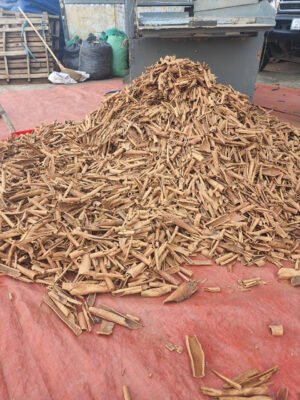
3. Export Performance
Vietnam’s cinnamon exports have shown sustained momentum:
-
Annual Volumes: In 2024, exporters shipped nearly 100,000 tons, reflecting double-digit growth in volume year-on-year.
-
Export Value: That same year’s turnover approached US $275 million, underscoring strong pricing levels even amid rising global competition.
-
Recent Trends: Early 2025 shipments continued to climb, with January alone accounting for over 7,000 tons. An expanding roster of buyers—now numbering in the high hundreds—has driven a notable uptick in both frequency and size of transactions.
-
Shipment Diversity: Over the past rolling 12-month period, Vietnam completed almost 2,500 distinct cassia cinnamon shipments, reaching buyers in more than 75 countries.
These figures reflect both deepening global partnerships and the agility of Vietnamese supply chains to handle surges in demand.
4. Key Markets
Vietnamese cassia cinnamon finds its top destinations across several regions:
-
India remains the largest volume importer, leveraging longstanding trade links and a massive domestic spice processing industry.
-
Europe has seen rapid growth in both whole-stick and ground cassia, driven by innovative food and beverage product launches and stringent quality requirements.
-
Middle East & North Africa: Consistent year-on-year gains stem from strong demand in culinary, confectionery, and date-processing applications.
-
North America: Specialty coffee roasters and craft breweries are increasingly incorporating Vietnamese cassia into signature blends and seasonal offerings.
-
Asia-Pacific: Emerging markets such as Japan, South Korea, and Australia are adopting Vietnamese cinnamon for both traditional cooking and novel health-focused products.
By understanding each region’s unique consumption patterns, exporters can tailor grade offerings, packaging sizes, and value-added services.
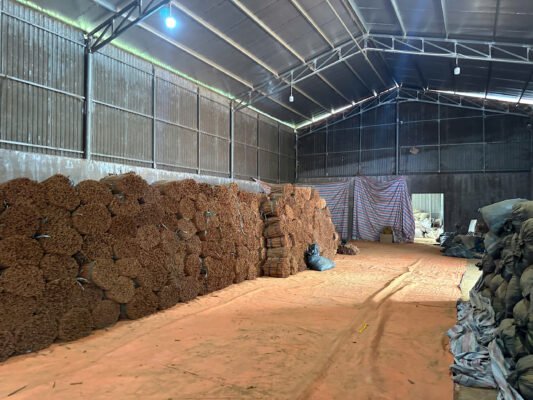
5. Quality & Certifications
Top Vietnam cassia cinnamon exporter companies adhere to rigorous quality protocols to meet international buyer standards:
-
Food Safety Systems: ISO 22000, HACCP, and BRC certifications ensure traceable controls from harvest through final packing.
-
Organic & Specialty Labels: USDA Organic, EU Organic, Halal, and Kosher attestations open doors to premium and regulated markets.
-
In-House Testing: Many exporters maintain their own lab capabilities to verify moisture, essential oil content, coumarin levels, and microbiological safety—providing up-to-date Certificates of Analysis for each shipment.
-
Third-Party Audits: Regular audits by accredited bodies reinforce transparency and quality consistency.
Such robust certification frameworks give international buyers the confidence they need to place large, ongoing orders.
6. Sustainability & Traceability
Vietnamese producers are increasingly embracing sustainable and ethical practices:
-
Organic Cultivation: Transitioning farms away from synthetic pesticides and fertilizers promotes soil health, biodiversity, and yield stability.
-
Agroforestry Models: Integrating cinnamon trees with shade crops and native species helps sequester carbon and conserve water.
-
Digital Traceability: From farm-gate to port, blockchain-backed platforms and QR-coded cartons enable buyers to verify origin, harvest date, processing methods, and transport conditions.
-
Community Engagement: Partnerships with smallholder cooperatives ensure fair pricing, technical support, and reinvestment in rural infrastructure.
These initiatives not only reduce environmental impact but also resonate with end-consumers seeking ethically sourced ingredients.

7. Best Practices for Buyers
To optimize your procurement from a Vietnam cassia cinnamon exporter, consider the following:
-
Certification Verification: Always request the latest Certificates of Analysis and audit reports to confirm compliance with your target market’s regulations.
-
On-Site Visits: Whenever possible, tour plantations and processing facilities to assess quality controls and worker welfare first-hand.
-
Contract Clarity: Define Incoterms (FOB, CIF, etc.), payment schedules, volume commitments, and quality penalties in your purchase agreement.
-
Volume Discounts & Flexibility: Negotiate tiered pricing structures and buffer stock arrangements to accommodate seasonal demand fluctuations.
-
Quality Tasting Protocols: Sample multiple lots and perform sensory evaluations (aroma, color, quill integrity) to select the optimal grade for your applications.
Proactive engagement and clear communication will help forge reliable, long-term supplier relationships.
8. Conclusion
By leveraging Vietnam’s deep cultivation heritage, modern processing capabilities, and steadfast commitment to quality and sustainability, importers and brands can secure a consistent supply of premium cassia cinnamon. Armed with the insights in this guide—from market dynamics and export performance to certifications and ethical sourcing—you are well positioned to tap into growing global demand and differentiate your product offerings with authentic Vietnamese cassia cinnamon.
